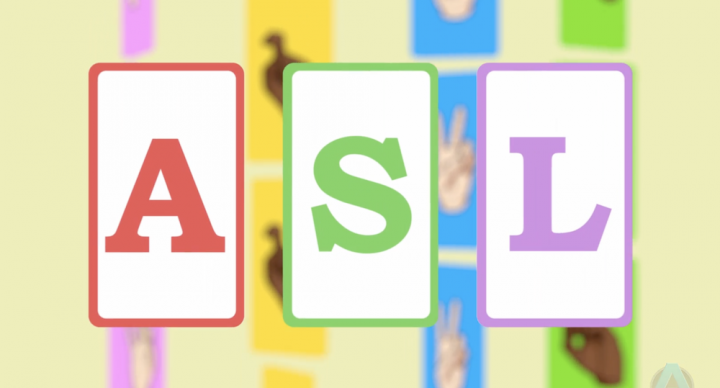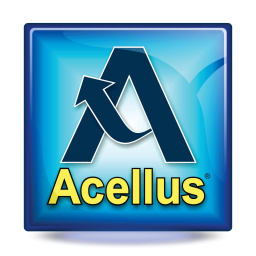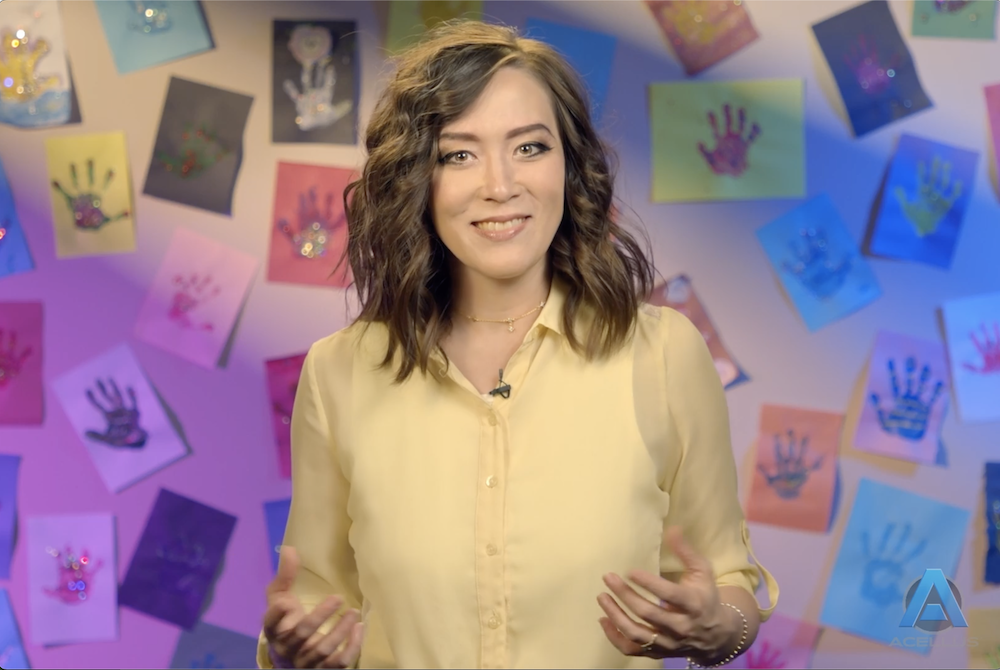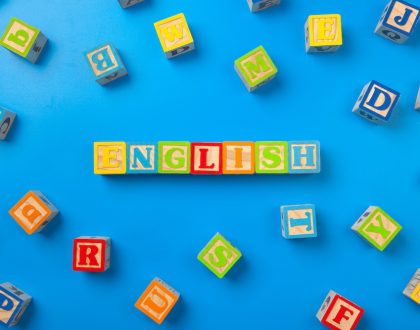Elementary ASL

Course Features
Course Details
Course Overview
In the Acellus Elementary ASL course, students embark on an engaging journey to learn American Sign Language (ASL) through interactive lessons that foster communication, cultural awareness, and creativity. Designed for young learners, this course introduces essential ASL vocabulary, including signs for family, feelings, colors, foods, seasons, animals, routines, and community roles, while teaching the ASL alphabet and basic grammar. Students will explore Deaf culture, practice fingerspelling, and develop non-manual markers (NMM) to express emotions and opinions. Through hands-on activities, storytelling, art projects, and real-world scenarios, students will build foundational signing skills, gain confidence in using ASL, and appreciate the richness of Deaf culture.
Sample Lesson - Introduction to Elementary ASL
 This course was developed by the International Academy of Science.
Learn More
This course was developed by the International Academy of Science.
Learn More
Scope and Sequence
Unit 1: Family & Feelings Unit 1 introduces students to the basics of ASL by focusing on family members, feelings, and home environments. Learners will master signs for family roles, emotions, and household rooms, while beginning their journey with the ASL alphabet (letters A-C). Through interactive lessons like "Guess Who?" and "Faces of Feelings," students will explore physical descriptions and emotional expressions, using mouth morphemes to convey size and intensity. Creative activities, such as integrating handshapes into butterfly art, and real-world scenarios, like hydroponics, make learning engaging and practical.Unit 2: Clothing & Travel In Unit 2, students expand their ASL vocabulary to include clothing, transportation, and geographical concepts. They will learn signs for landforms, fashion accessories, and opposites, alongside numbers 0-10 and alphabet letters D-F. Lessons like "What's In The Suitcase?" and "How Should We Go?" teach practical signs for travel and attire, while "Let's Be Explorers!" encourages curiosity. Art projects, such as creating a rocketship, and activities like counting at the circus reinforce learning in a fun, immersive way.
Unit 3: World Of Colors Unit 3 immerses students in the vibrant world of colors and shapes, teaching signs for colors like red, blue, and purple, as well as shapes like circles and triangles. Students will explore non-manual markers to express emotions and learn about Deaf culture through a history spotlight. Lessons like "My Box of Crayons" and "Color Chemistry!" make signing colorful and dynamic, while the alphabet advances to letters G-H. Real-world applications, such as shopping scenarios, help students use signs in everyday contexts.
Unit 4: Foods Are Fun! Unit 4 delights students with signs for foods, desserts, fruits, and vegetables, emphasizing healthy eating and expressing preferences using non-manual markers. Covering alphabet letters I-K, lessons like "Hungry Robot!" and "Fruit & Veggie Fun!" make learning tasty and interactive. Students will practice WH-questions with "which" and explore storytelling through "Vegetable Soup." Creative art projects, like dinosaur handshapes, and real-world cookie-making scenarios ensure a flavorful learning experience.
Unit 5: Seasons & Weather Unit 5 explores signs for weather conditions, seasons, and related activities, from rainy days to snowy winters. Students will learn phrases for spring, summer, autumn, and winter, alongside alphabet letters L-N. Lessons like "Wild Wild Weather!" teach intensity through mouth morphemes, while "Colors Of Fall" connects colors to seasons. Art projects, such as snowmen, and real-world snow scenarios enhance engagement, helping students describe their environment with confidence.
Unit 6: The Great Outdoors Unit 6 takes students into nature, teaching signs for animals across forests, prairies, deserts, farms, and oceans, as well as bugs and garden creatures. Covering alphabet letters O-Q, lessons like "What's in the Forest?" and "Animal B-I-N-G-O" make learning lively. Students will practice WH-questions with "where" and explore nature’s cycles in "Nature Magic." A spider art project and scavenger hunt scenarios connect signs to the natural world.
Unit 7: Time & Routines Unit 7 focuses on daily routines, time-telling, and household tasks, with signs for morning and night routines, mealtimes, and ages. Alphabet letters R-T are introduced, and lessons like "Tick-Tock: Read the Clock!" teach practical skills. Students will learn WH-questions with "when" and explore bedtime stories like "Time for Bed!" A snail art project and planting scenarios in real-world settings help students apply signs to everyday schedules.
Unit 8: My Neighborhood Unit 8 introduces signs for neighborhood places, people, and community heroes like firefighters and doctors. Covering alphabet letters U-W, students will learn conversational phrases like "Nice to Meet You!" and WH-questions with "who." Lessons like "Community Heroes" and "Where Do Families Live?" foster community awareness, while an owl art project adds creativity. A treasure hunt scenario encourages students to use signs in familiar settings.
Unit 9: Hobbies & Fun Unit 9 celebrates hobbies, sports, and outdoor activities, teaching signs for verbs, sports vocabulary, and good sportsmanship. Alphabet letters X-Z complete the ASL alphabet, and lessons like "Let's Play Ball!" and "Tower Of Verbs!" energize learning. Students will explore WH-questions with "why" and create an octopus art project. A sports store scenario and storytelling in "Outdoors Are Fun" make hobbies come alive through signing.
Unit 10: Discovering Our World Unit 10 concludes the course by exploring global concepts, from landforms to outer space, and recapping signs for animals, foods, and numbers. Students will master fingerspelling, learn classifiers, and understand ABC stories in Deaf culture. Lessons like "I Can Spell My Name" and "Rocket Launch!" inspire exploration, while WH-question reviews solidify skills. A fish art project and filming studio scenario encourage students to keep signing as they discover the world.






